
Designing a survey is both art and science. In this installment of From Concept to Impact, we share how we shaped questions to capture meaningful insights without overwhelming respondents.

Designing a survey is both art and science. In this installment of From Concept to Impact, we share how we shaped questions to capture meaningful insights without overwhelming respondents.

A deadly Ebola outbreak has resurfaced in the Democratic Republic of the Congo, and while US risk remains low, the CDC and the WHO are urging the public and health care workers to stay on high alert.
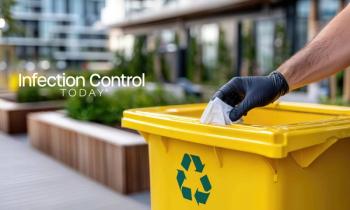
From patient safety to climate impact, infection preventionists are change makers. A new study highlights how IPs can champion sustainability without compromising infection control.
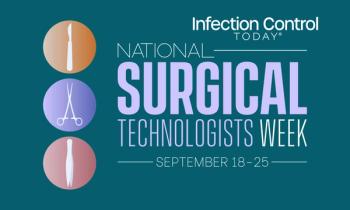
Sterile technique, specialized training, patient safety—Certified Surgical Technologists do it all. Learn how their role is evolving in today’s high-tech operating room.
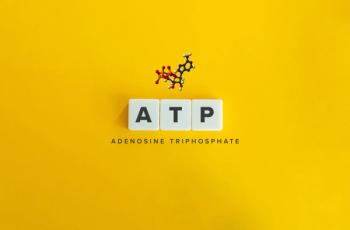
Measuring cleaning is not the same as proving disinfection. Infection preventionists must use ATP and fluorescent markers wisely—supporting training, not replacing microbial validation.

Candida auris is a fast-spreading, multidrug-resistant fungus that demands vigilance. Infection preventionists must cut through myths with evidence-based action to protect patients and facilities.

Legionnaires’ disease remains a deadly but preventable threat in health care, especially in long-term care. Every facility needs a strong, team-driven water management plan because prevention starts at the tap. This article explains what is needed to write one.

Infection preventionists dedicate themselves to patient safety, but long hours and blurred boundaries are taking a personal toll, raising urgent questions about balance and burnout,” the study authors said in a post-interview informal discussion.

Every pump of sanitizer is an opportunity to break the chain of infection. Correct dosing transforms routine hygiene into life-saving protection. For infection preventionists, teaching dose awareness is as critical as teaching when to clean.

Introducing the Infection Control Today®'s (ICT®'s) Editorial Advisory Board members—a diverse group of professionals dedicated to advancing infection prevention and control practices. This series highlights each member's unique expertise and contributions to the field.

The Bug of the Month helps educate readers about existing and emerging pathogens that are clinically important in today's health care facilities.

Check out the top 5 infection control and prevention articles for Summer 2025! Perennial articles like Bug of the Month and The Clean Bite, and a look at borescopes in sterile processing.

If you thought COVID-19 was scary, wait until you see what filmmakers have unleashed. From zombie daughters to infected water supplies, these new movies prove outbreaks make for edge-of-your-seat drama.
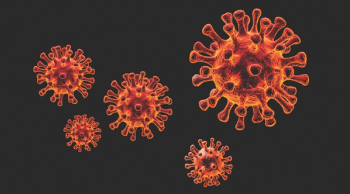
"Although the virus itself remains a threat, misinformation about COVID-19 has become a parallel epidemic, one that undermines public health efforts and endangers lives."

The Bug of the Month helps educate readers about existing and emerging pathogens that are clinically important in today's health care facilities. Check out the author reading the article and identify which bug is speaking in this installment.

This 6-part series will chronicle the journey of 2 infection prevention and control (IPC) leaders, Brenna Doran, PhD, MA; and Jessica Swain, MBA, MLT, as they partnered to research and shed light on the critical issue of IP staffing in the current health care landscape. From the initial spark of an idea to the publication of an impactful article, a research manuscript, and a podcast, this series will offer an insider's view of their collaborative process and the profound implications of their findings.

From ultrasound gel safety to high-level disinfection, The Joint Commission’s 2025 surveys are zeroing in on infection prevention hot spots. Are your teams ready?

Ensuring the sterility of medical devices is a cornerstone of patient safety. This whitepaper examines steam sterilization—the predominant method in healthcare—and the critical role of chemical indicators (CIs) in monitoring process efficacy. With a focus on ISO 11140-1 standards, it compares Type 4 and Type 5 indicators, outlining their strengths, limitations, and implications for reliable sterilization practices.

Check out the latest print edition of Infection Control Today: September/October 2025.

Without stable, science-driven leadership at the CDC, patient safety and public trust hang in the balance. Infection preventionists must demand accountability and champion evidence-based guidance now.

Infection prevention cannot succeed in silos. From acute care hospitals to long-term care facilities, interdisciplinary teams bring diverse expertise together, transforming safety from an individual responsibility into a shared culture. It’s time for leaders to champion collaboration, empower every role, and embed IPC into daily care delivery.

Infection prevention is not an expense, it’s an investment,” the study authors stressed, urging C-suite leaders to address burnout, recognize IP contributions, and build hospital-wide collaboration.

In a historic Senate hearing, HHS Secretary Robert F. Kennedy Jr. faced bipartisan fury over vaccine misinformation, as public health leaders demanded his resignation to protect science and safety.
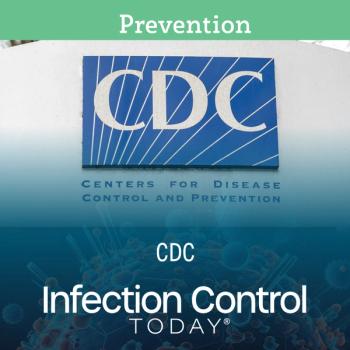
A joint statement from leading medical and public health groups calling for HHS Secretary Robert F. Kennedy Jr.’s resignation underscores the urgent need for infection preventionists to defend science-driven care and safeguard community health.

Experts say AI tools can forecast outbreaks and guide staffing, but limitations remain; technology cannot capture unpredictable tasks or reduce the heavy baseline workload of infection preventionists.
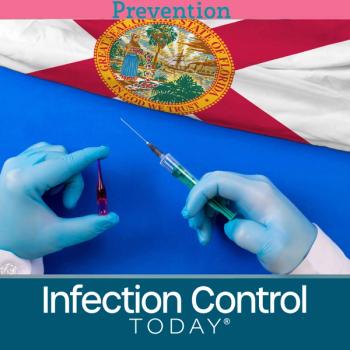
With Florida becoming the first state to eliminate all vaccine mandates, infection preventionists face mounting challenges in safeguarding communities against vaccine-preventable outbreaks.

Infection prevention is too often the first program cut when budgets tighten, but experts warn that underfunding leaves hospitals vulnerable. Stronger policies, bigger rewards, and robust vaccination programs are critical to protecting patients and communities.

Infection prevention isn’t one-size-fits-all. Regional disparities, from rural staffing shortages to California’s strict regulations, demand tailored strategies, stronger collaborations, and targeted funding to protect patients everywhere.
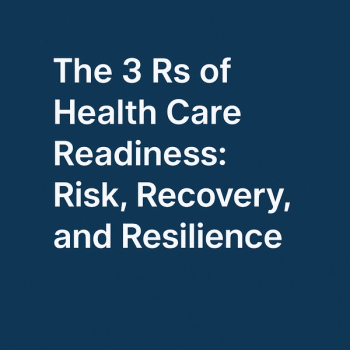
Hospital readiness is no longer just about staff and equipment—it’s about infrastructure. From flooding to infection risks, restoration now plays a vital role in protecting patients and ensuring uninterrupted care.

Fewer than 14% of infection prevention departments receive staffing support from other hospital units, leaving infection preventionists stretched thin. Experts warn that this lack of collaboration undermines patient safety and strains already limited resources.